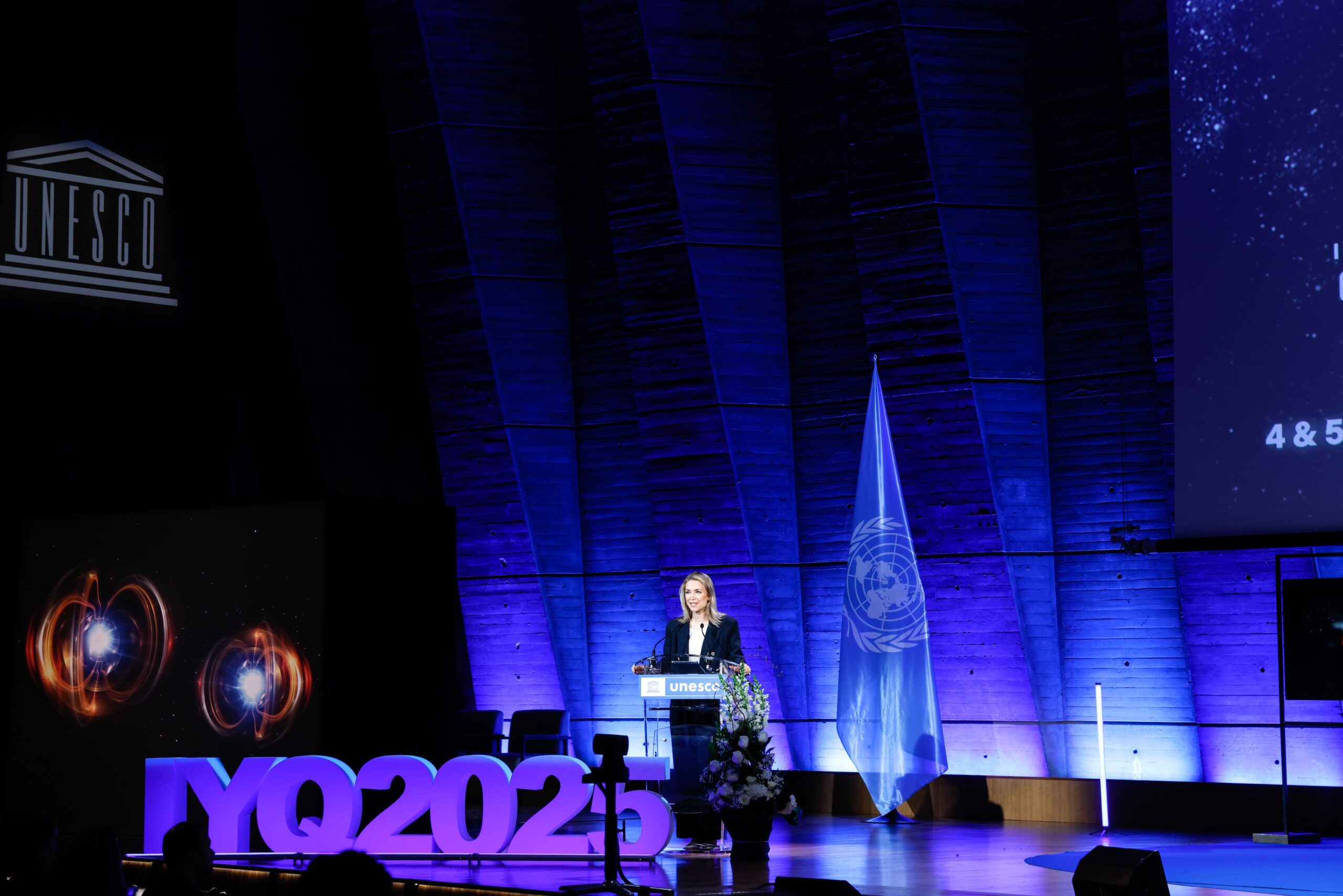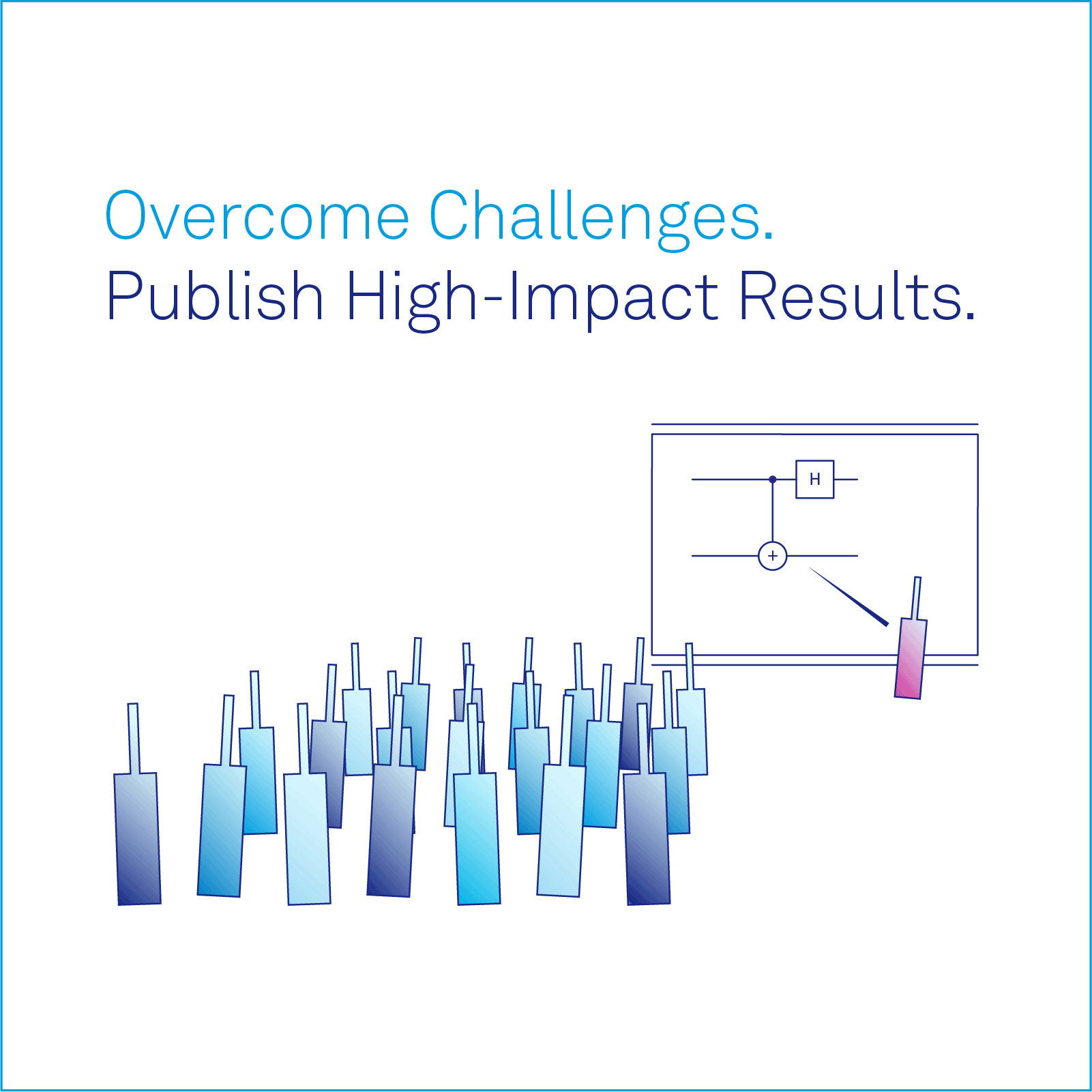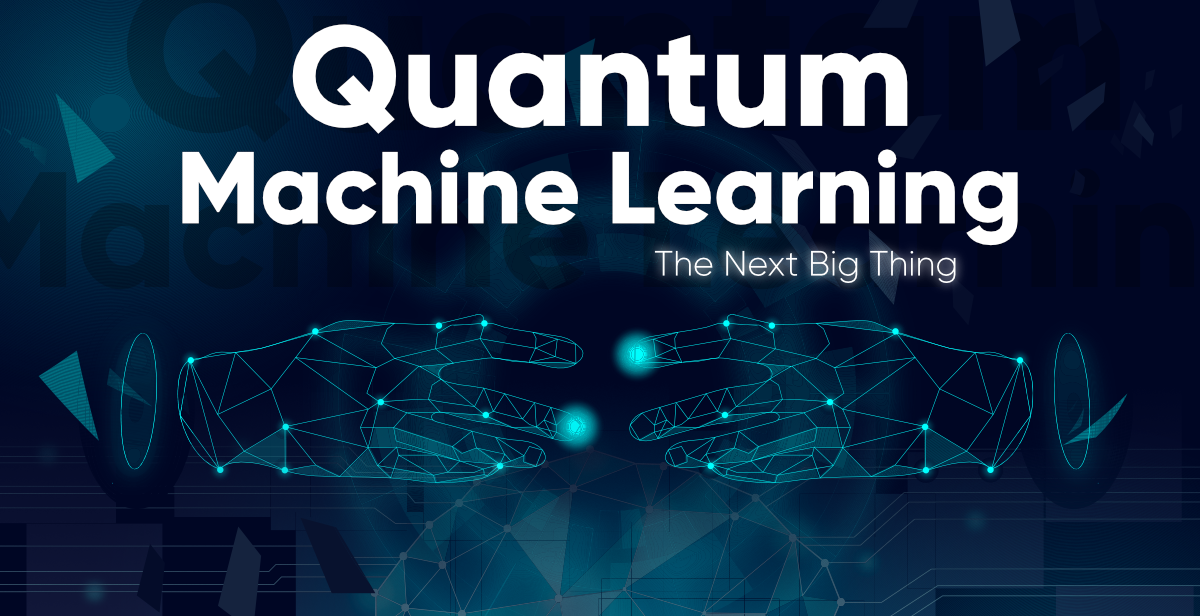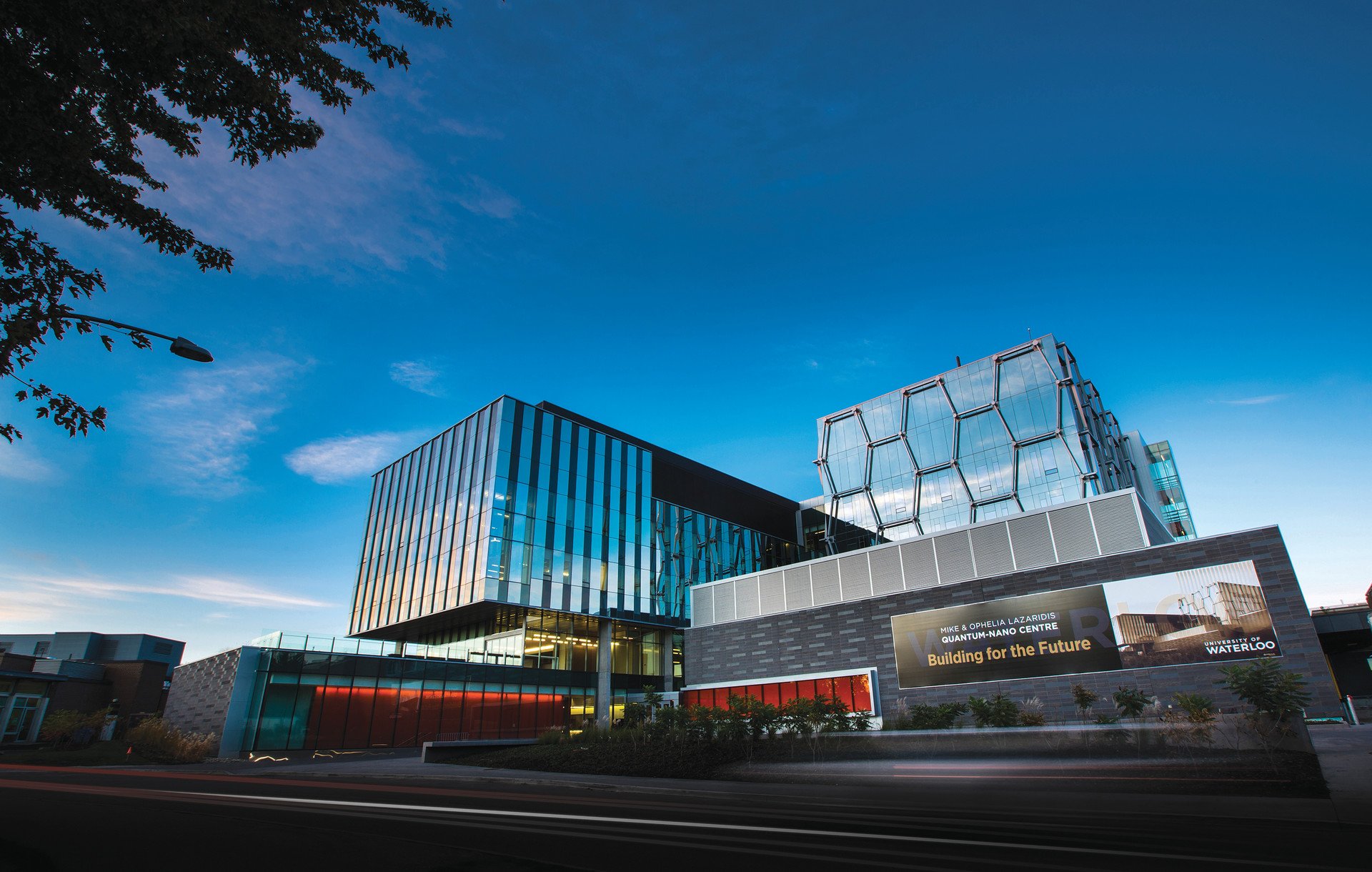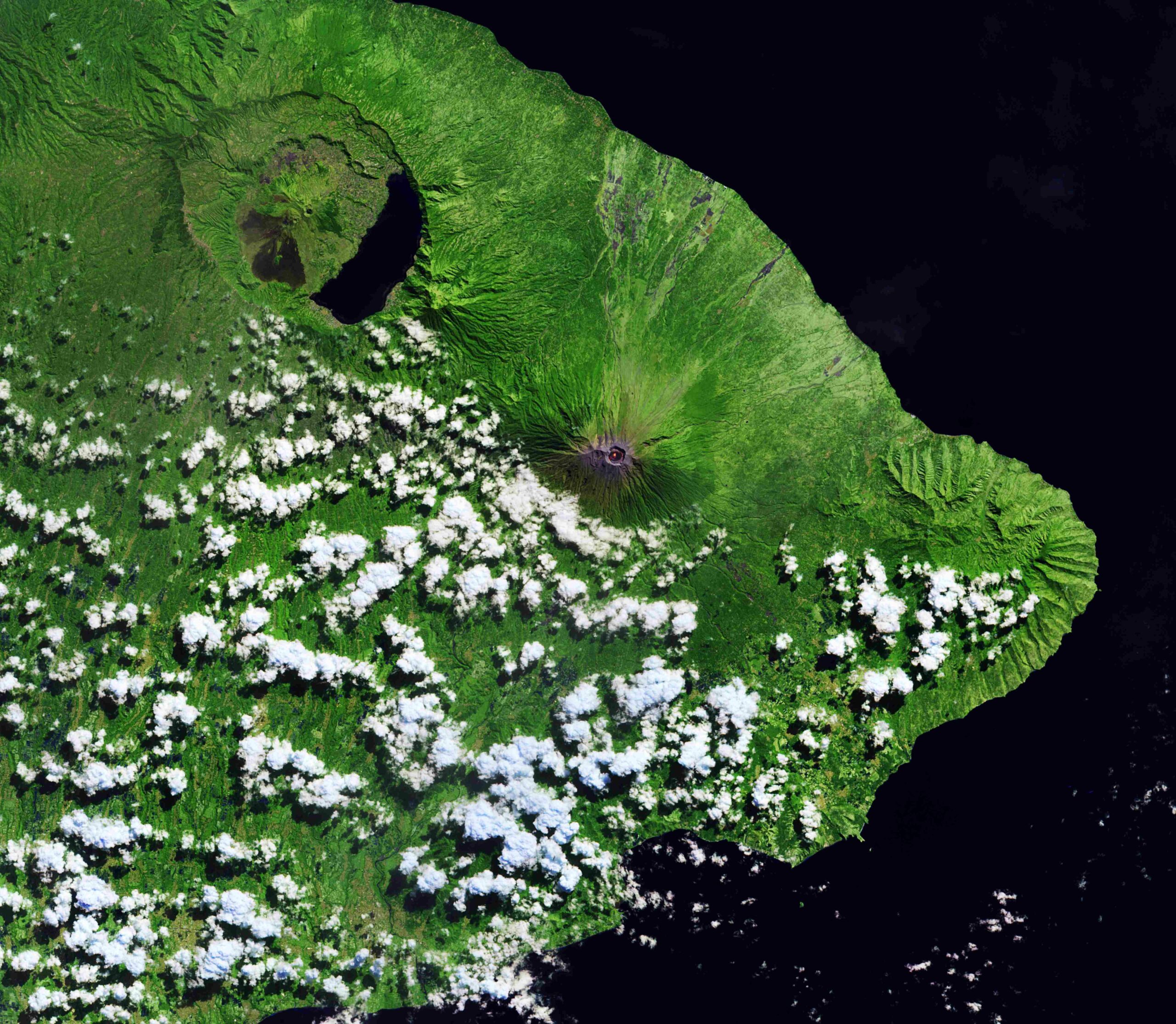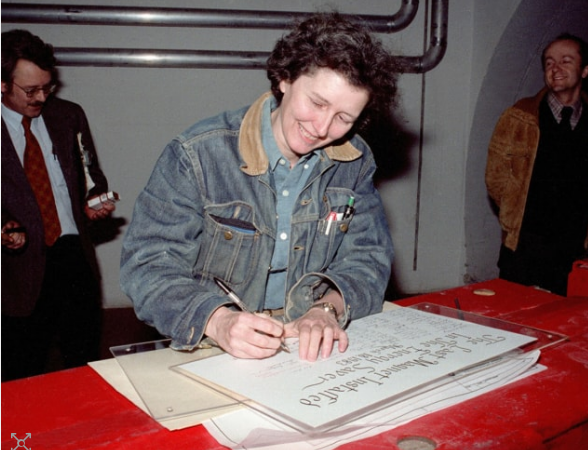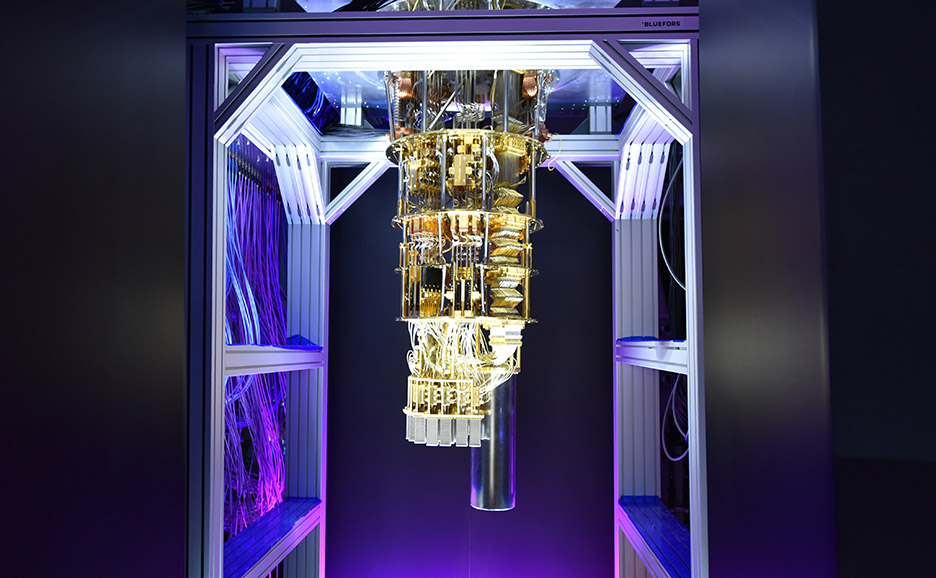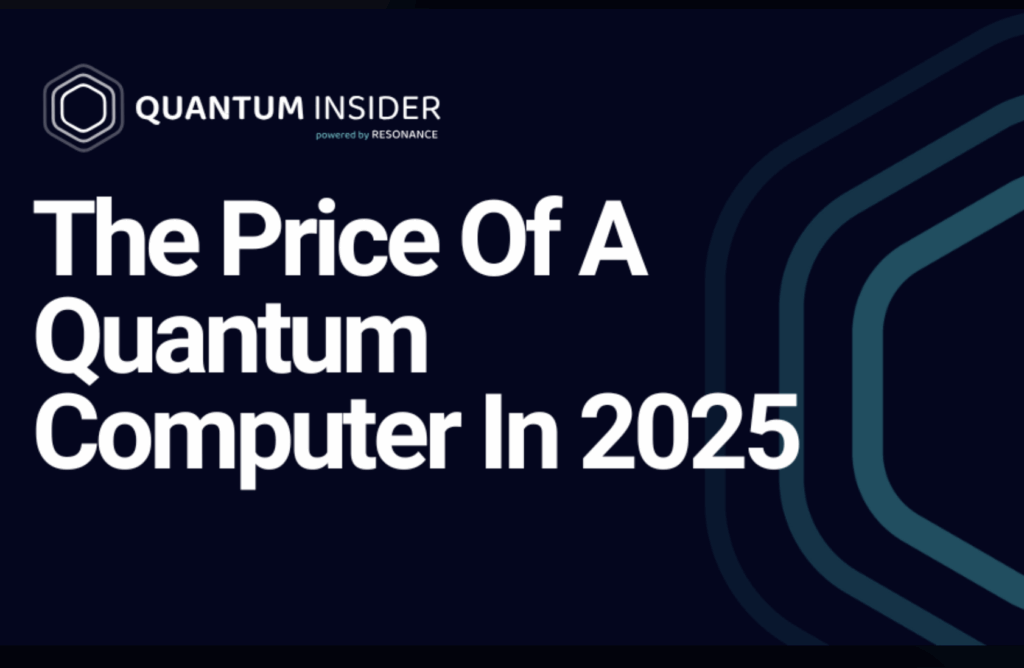Insider Brief:
- The International Year of Quantum is a call to action, not just a celebration. It is intended to bring quantum science into public awareness, ensuring accessibility and engagement beyond academia.
- Collaboration and inclusivity are essential for quantum’s future. The ceremony reinforced the need for interdisciplinary partnerships, iterative progress, and expanding participation across industries and communities.
- Education and workforce development must be prioritized now. Quantum literacy in K-12 and reskilling professionals across fields are critical to building a robust and diverse ecosystem.
- Ethical responsibility and societal impact must guide quantum’s growth. The field must balance innovation with security, sustainability, and equitable global access, ensuring quantum benefits humanity as a whole.
- Image Credit: UNESCO/Marie ETCHEGOYEN
Quantum has always been a force of contradiction—both foundational and elusive, shaping the modern world while remaining an enigma to most. It exists in the devices we use, the systems we rely on, yet it is spoken of in paradoxes, understood by few.
The opening ceremony of the International Year of Quantum was an acknowledgment of this duality—not just a reflection on a century of discovery, but a call to shape what comes next. It was a gathering of scientists, policymakers, and industry leaders, aligned not only in their ambition but in their responsibility to make quantum’s future more tangible, more accessible, and more inclusive.
UNESCO, the American Physical Society, and organizations like The Quantum Insider are championing this year-long initiative to bring quantum into public consciousness—not as a distant theoretical field, but as a potential tool to impact society at every level. The mission is not just to celebrate progress but to ensure that the next era of quantum is one that belongs to all.

A Convergence of Purpose
The ceremony was not just a stage for reflection—it was a stage for alignment. On stage, we confirmed as a community that we are on the right page, with common themes of accessibility, education, responsible development, and tools to work towards the Sustainable Development Goals. Off stage, conversations deepened, partnerships formed, and the work of the future was not just imagined but actively set in motion.
Building something new requires an ability to see beyond what exists and take the next best step forward. The International Year of Quantum is not just about celebrating achievements; it is about pushing past barriers—technical, conceptual, institutional—to ensure that quantum’s promise is realized for all.
Celia Merzbacher, Executive Director of QED-C, captured this vision: “The International Year of Quantum, I believe, is an opportunity—because it’s broad, it’s inclusive, and it’s raising awareness. While QED-C is very much focused on advancing the commercial industry, that industry depends on the entire innovation ecosystem—from research to product development. I always say: quantum is global. Innovation is global. Talent is globally distributed, and the markets are global. The International Year of Quantum is about bringing together as many stakeholders as possible.”
And true inclusion is an active process—one that goes beyond awareness and requires sustained engagement across disciplines, industries, and communities. As the conversation deepened, a common thread emerged: progress in quantum will come not just from visionaries but from those who refine, challenge, and evolve ideas in real time. Allison Schwartz, Vice President of Global Government Relations & Public Affairs at D-Wave, reinforced this reality: “Being at the center of this industry—building applications today and providing real-time cloud access across 42 countries—gives us a unique opportunity to tap into new generations of innovators. We’re especially focused on those who aren’t just thinking theoretically but are asking, ‘What can I do today?’”
Quantum is not a solitary endeavor. It thrives on collaboration, on the merging of disciplines, on ideas that challenge conventional wisdom. Krysta Svore, Technical Fellow and Vice President of Advanced Quantum Development for Microsoft, emphasized this dynamic: “In computing, you always compare—you run it, measure against a baseline, and if it’s better, you use it. But in quantum computing, we haven’t been able to do that. The power today is that we are producing reliable quantum machines that can be integrated and layered onto existing workflows.”
The future of quantum cannot be built in isolation. It is not a closed-loop system, self-contained and exclusive to a handful of experts. It must be expansive, integrative, and, above all, inclusive.
The Question of Understanding
Education stood as one of the ceremony’s most urgent themes. Digital literacy is foundational in today’s world, yet classical computer science remains absent from many K-12 curriculums. Mathematics and physics—essential to quantum computing—are often overlooked. If we do not prioritize these subjects early, we risk creating a future where only a select few have the knowledge and opportunity to engage with this technology in meaningful ways.
But waiting for the next generation to come of age is not an option. The urgency of quantum’s development requires a workforce that draws from all disciplines and industries. We need physicists, yes—but also electrical engineers, software developers, policymakers, and advocates. The success of quantum technology will not rest on scientists alone; it will require the efforts of an entire ecosystem.
Rajeeb Hazra, CEO of Quantinuum, put it bluntly: “A big part of the access challenge is workforce. For quantum to realize its full potential, it must evolve from a small set of people who have to labor inordinately hard against the systems of the world to do it right.”
Mitra Azizirad, President & COO of Strategic Missions & Technologies at Microsoft, expanded on this idea: “The first step for us—and what I’m most focused on—is identifying those initial hybrid applications. How do we work with our partners and customers to determine what they will be? Because when you think about the marriage of AI and quantum, there’s an incredible opportunity ahead.”
Jonathan Felbinger, Deputy Director of the QED-C, drew a parallel to AI: “I think this is a great opportunity to capture the public imagination—much like AI has. Every day, there’s something in the news about AI, and I’m sure kids today are thinking, ‘I want to work in AI. I want to learn AI.’ In a way, they’ve become AI-native, interacting with it, shaping it, and building awareness around it. I want that same level of public engagement for quantum—both in terms of understanding use cases and building the future workforce.”
Ethics, Sustainability, and the Responsibility of Knowledge
Science does not exist in a vacuum, nor should it. The pursuit of knowledge is deeply human, driven by curiosity, by wonder, by the desire to push beyond the known. But awe alone is not enough. If we possess a technology, even in its early stages, that has the potential to address the world’s most profound challenges, then the responsibility to pursue it extends beyond personal ambition—it becomes an obligation to humanity.
Professor Yasser Omar, President of the Portuguese Quantum Institute, reminded attendees in his opening remarks on the second day of the event that “Basic science is a societal benefit.” But its impact depends on how we choose to apply it. The responsibility of scientific discovery does not lie solely with researchers in the lab—it extends to educators, policymakers, businesses, and individuals who seek to integrate and apply these discoveries for the benefit of society.
Hazra emphasized this dual responsibility: “Our job is to accelerate useful quantum computing for good—and each word in that is meaningful. Our role is to ensure we are accelerating both the rate of technology creation and its adoption. It does no good to develop technology and leave it in the lab. And it does no good to stop innovating just because democratizing that technology beyond the lab is getting harder.”
As with any powerful technology, ethical considerations and security risks must also be addressed. Merzbacher urged a balanced approach: “In the context of the International Year of Quantum, I think we should focus on the beneficial applications—whether it’s point-of-care diagnostics, improving weather forecasting to help farmers, or other positive impacts. As we develop these beneficial uses, national security controls will need to be targeted. Protections will still be necessary, but they should be narrowly focused to ensure that quantum’s positive applications can be widely shared and used.”
The Work That Lies Ahead
One of the most striking takeaways was the acknowledgment that progress is not always comfortable and quantum cannot afford to be an exclusive field. The future belongs to those willing to integrate it across industries, disciplines, and communities. The ceremony was a beginning, not an endpoint.
As Hazra observed, “The last three or four years—and even the last decade, before Quantinuum was formed—have been years of discovery. We’ve learned what works, and we’ve learned what doesn’t. Now, 2025 is the year of acceleration. I’m not saying we’ve solved all the problems, but we have a path—we have a map. And now, we’re moving faster along that map. The International Year of Quantum marks the year of accelerating useful quantum computing for good.”
The urgency is not just in the technology itself but in the decisions we make around it. The International Year of Quantum is not just a celebration; it is a challenge. A call to ensure that the foundations we build now will last. Science, after all, is not just about what we can do—it is about what we should do.
Azizirad, with passion and intention, captured the essence of this moment: “But right now—this moment—is the most exciting. Because we’re on the cusp of something where everything feels possible. We’re in the ‘art of the possible’ phase, where we’re truly ideating and layering quantum into what comes next.”

